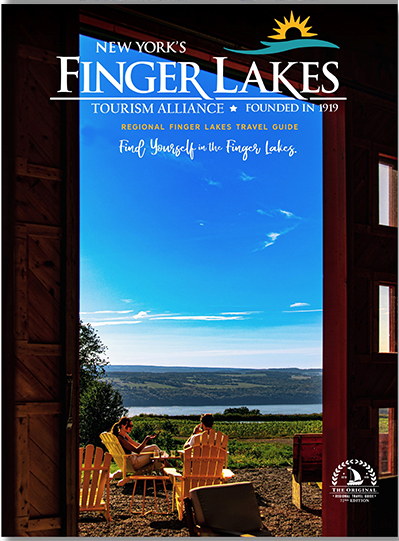Curator’s Choice: Featured Painting of Winter 2013
http://www.rockwellmuseum.org/Featured-Painting-of-the-Season.html
CORNING, NEW YORK – The Curator's Choice: Featured Painting of the Season for winter 2013 is titled, On Way To Social, by Reverend Charles Lee. This painting is currently displayed on the second floor of the Rockwell Museum of Western Art and is the first of the 2013 four-part series. This program is sponsored by the Watkins Glen Harbor Hotel.
The Reverend Charles Lee, Yel-Ha-Yah
The Reverend Charles Lee was an accomplished artist, as well as the respected founding pastor of Mesa View Assembly of God in Shiprock, New Mexico. Lee, whose Navajo name Yel-Ha-Yah translates as “The Warrior Who Came Out,” studied art at the Santa Fe Indian School in 1947. That same year, he won two first prizes at the New Mexico State Fair in Albuquerque. After retiring his pastorship, Lee served as an art professor at the American Indian College of the Assemblies of God in Phoenix, Arizona. Over the decades, Lee’s paintings have been added to numerous public collections, including the Smithsonian Institute and the Arizona State Museum. Lee’s watercolors have been noted for their simple compositions, fine lines, and delicate colors. Lee frequently painted animals - antelope, elk, and deer – yet his favorite subject was Navajo men and women on horseback. His animals are always fully alive and alert.
On Way To Social
The figures at the center of the painting are identified as Navajo by their dress - turquoise necklaces and earrings, collarless velvet or velveteen shirts, colorful Navajo blankets, buckskin boots, and hair tied back in tsiyeels, traditional Navajo hair buns. The figure in the blue shirt can be identified as a man by the red cloth headband he wears; the woman in the green shirt is bareheaded. They ride their horses sitting in Indian saddles atop Navajo blankets, and control their steeds with silver-embellished bridles and reigns. The horses, potent Navajo symbols, identifies the couple as Navajo as much as their dress. The Navajo were one of the first Indian tribes, along with the Apache, to master the horses they stole from the Spanish.
The background contains only hints of the larger world. The paper color and the painted tufts of vegetation at the horses’ feet suggest the parched southwest landscape of Navajo Nation. Abstract washes of white and brown stand in for land, mountain, and sky. In contrast to the wispy, ephemeral background, the Navajo couple and their horses are rendered in weighty, representational terms. The well-defined musculature of the horses lends the animals a sculptural quality.
The three-dimensionality of this painting is somewhat at odds with the Studio Style made ubiquitous in New Mexico and elsewhere during the 1930s through the 1960s. During this time, the Santa Fe Indian School trained Indian students to paint scenes from their home lives using heavily outlined fields of flat watercolor, with little or no indication of perspective or the third dimension. This flat, linear, decorative style was ultimately derived from ancient Pueblo murals and Plains hide paintings. Well-intentioned teachers taught it to young Indian artists by in the misguided belief that it was the only style of art that could be “authentically” Indian.
The Studio Style became the only commercially-acceptable style of Indian art for almost 40 years. For better or worse, the Studio Style is a form of auto-ethnographic art; the subject matter and style are all about performing Indian identity for non-Indian audiences. Any painting that did not feature a “traditional” Indian subject matter, or that attempted three-dimensionality, was considered unorthodox, did not win prizes, and did not sell well among tourists, who viewed such paintings as not “Indian” enough. Even so, the Studio Style encouraged Indians to express, and thus preserve, aspects of their traditional culture at a time of rapid change and assimilation. Moreover, by the time On Way To Social was painted (1977), variations on the Studio Style had emerged, such as Lee’s combination of hyper-real figures with minimal backgrounds.
Image Credit: Reverend Charles Lee / Yel-Ha-Yah, (Navajo/Diné, 1926-2003), On Way To Social, 1977, gouache on paper. Gift of Edward and Irene Grandt 2011.2.11
